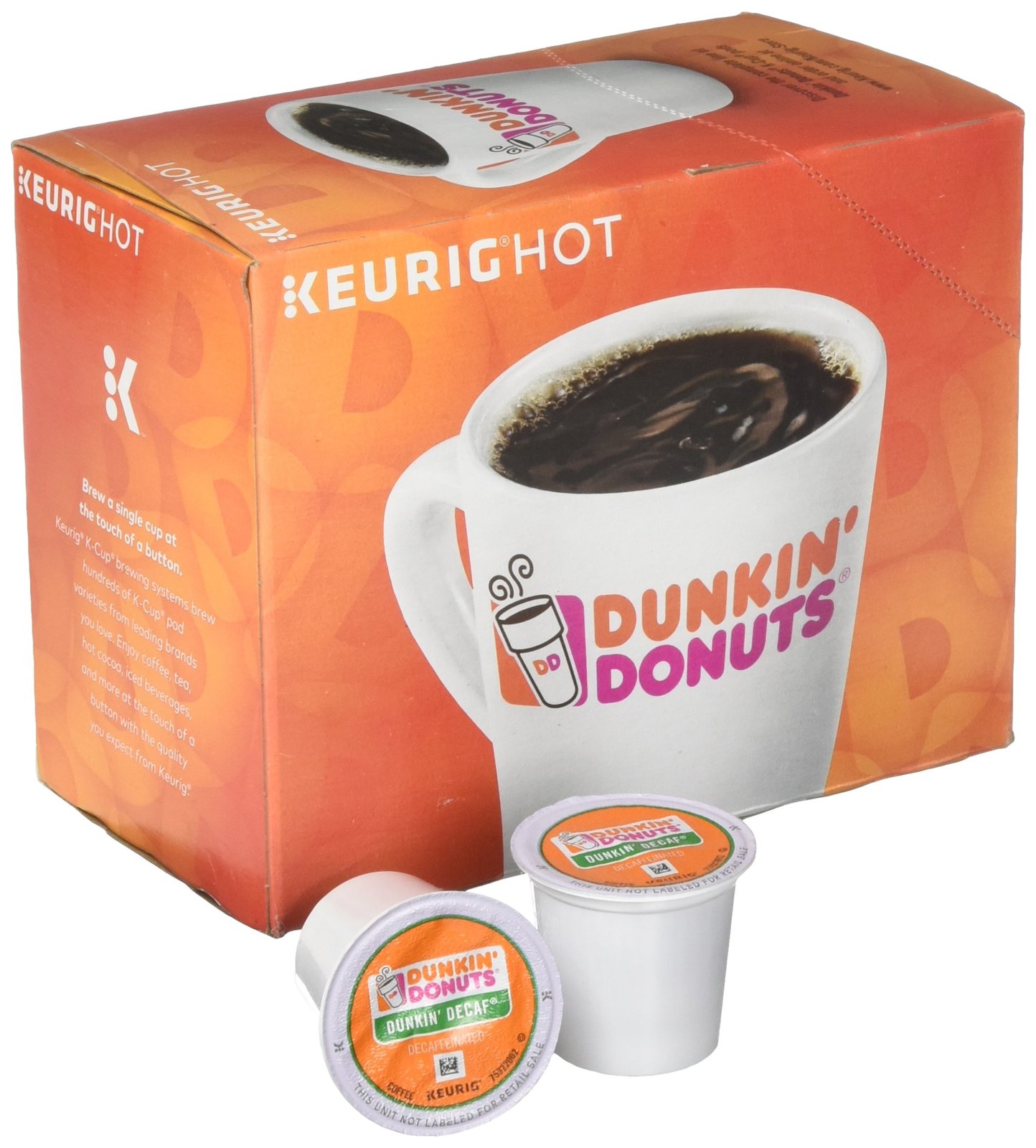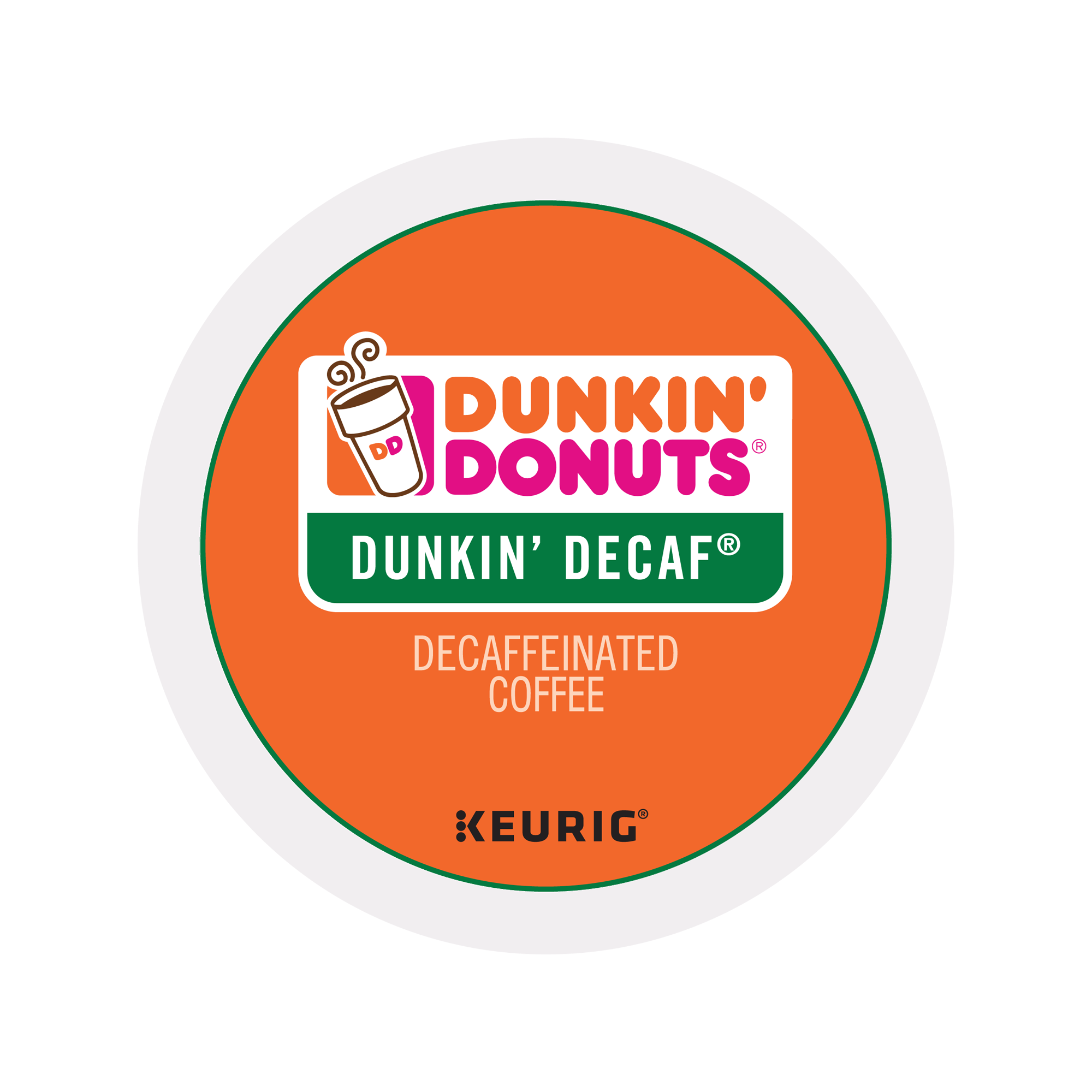
McDonald’s sells coffee all over the world, often under their McCafe brand. A single espresso and espresso-based drinks contain 75 mg, while an 8-oz cup of decaf coffee contains about 15 mg of caffeine. Bottom Line:Īn 8-oz, brewed coffee from Starbucks contains 180 mg of caffeine. Larger sizes, which are made with two, or even three, espresso shots (16 oz), likewise contain 150 or 225 mg of caffeine.ĭecaf coffee from Starbucks contains 15–30 mg of caffeine, depending on cup size. This includes lattes, cappuccinos, macchiatos and Americanos, among others ( 10). The caffeine content of brewed coffee at Starbucks is as follows ( 8, 9):įurthermore, one shot of espresso at Starbucks contains 75 mg of caffeine.Ĭonsequently, all small, espresso-based drinks also contain 75 mg of caffeine. It also offers some of the most caffeinated coffee available. Starbucks is probably the best-known coffee shop in the world. The amount of coffee in such cups is equivalent to about 3–5 regular-sized cups of coffee. Some commercial coffee brands contain more caffeine than regular, home-brewed coffee.Ĭoffee shops are also notorious for their large cup sizes, which can range up to 700 ml (24 oz). A single espresso or espresso-based drink contains 63 mg, and decaf coffee contains about 3 mg of caffeine (on average). The average caffeine content of an 8-oz, brewed cup of coffee is 95 mg.

However, some varieties may contain even higher amounts of caffeine, depending on the type of coffee, method of de-caffeination and cup size.

It may contain varying amounts of caffeine, ranging from 0–7 mg per cup, with the average cup containing 3 mg ( 5, 6, 7). Decaf CoffeeĪlthough the name may be deceiving, decaf coffee is not entirely caffeine free. Instant coffee usually contains less caffeine than regular coffee, with one cup containing roughly 30–90 mg ( 4). To prepare instant coffee, simply mix one or two teaspoons of dried coffee with hot water. It is generally in large, dry pieces, which dissolve in water. Instant coffee is made from brewed coffee that has been freeze-dried or spray-dried. Since the milk does not contain any additional caffeine, these drinks contain the same amount of caffeine as straight espresso.Ī single (small) contains about 63 mg of caffeine on average, and double (large) contains about 125 mg. These include lattes, cappuccinos, macchiatos and Americanos. Many popular coffee drinks are made from espresso shots mixed with varying types and amounts of milk. One shot of espresso is generally about 30–50 ml (1–1.75 oz), and contains about 63 mg of caffeine ( 3).Ī double shot of espresso therefore contains roughly 125 mg of caffeine.

EspressoĮspresso is made by forcing a small amount of hot water, or steam, through finely ground coffee beans.Īlthough espresso has more caffeine per volume than regular coffee, it usually contains less per serving, since espresso servings tend to be small. One cup of brewed coffee (8 oz) contains about 70–140 mg of caffeine, or about 95 mg on average ( 1, 2). Brewed Coffeeīrewing is the most common way to make coffee in the US and Europe.Īlso known as regular coffee, brewed coffee is made by pouring hot or boiling water over ground coffee beans, usually contained in a filter. And while I was not particularly interested in replacing coffee in my daily routine, I was confident that I could taste MudWtr, live with it for a week, and judge it on its merits.The main determinant of caffeine content is the type of coffee you are drinking. Perhaps the most visible of these is MudWtr (“mud water”), whose minimalist packaging recalls both the stripped-down honesty of RxBars and the cold, industrial chic of Soylent.Īs Wirecutter’s resident coffee nerd (and mycology fan), I knew that it was up to me to give MudWtr a try. Just as nonalcoholic craft beer and Instagram-friendly virgin cocktails have arrived for drinkers fed up with alcohol’s downsides, so have droves of new-school coffee alternatives come for red-eyed cravers of caffeine, promising more healthy stimulation and fewer side effects.

Though I don’t personally suffer from caffeine withdrawal, on rare occasions I do slip past my tolerance level, and the effects are almost worse than a hangover. Making coffee takes time, and too much (or too little) caffeine can leave you with headaches, jitters, and an inability to concentrate. Only then does the day begin.īut it’s not a ritual that everyone loves. For many people, myself included, coffee is a daily ritual: Wake up.


 0 kommentar(er)
0 kommentar(er)
